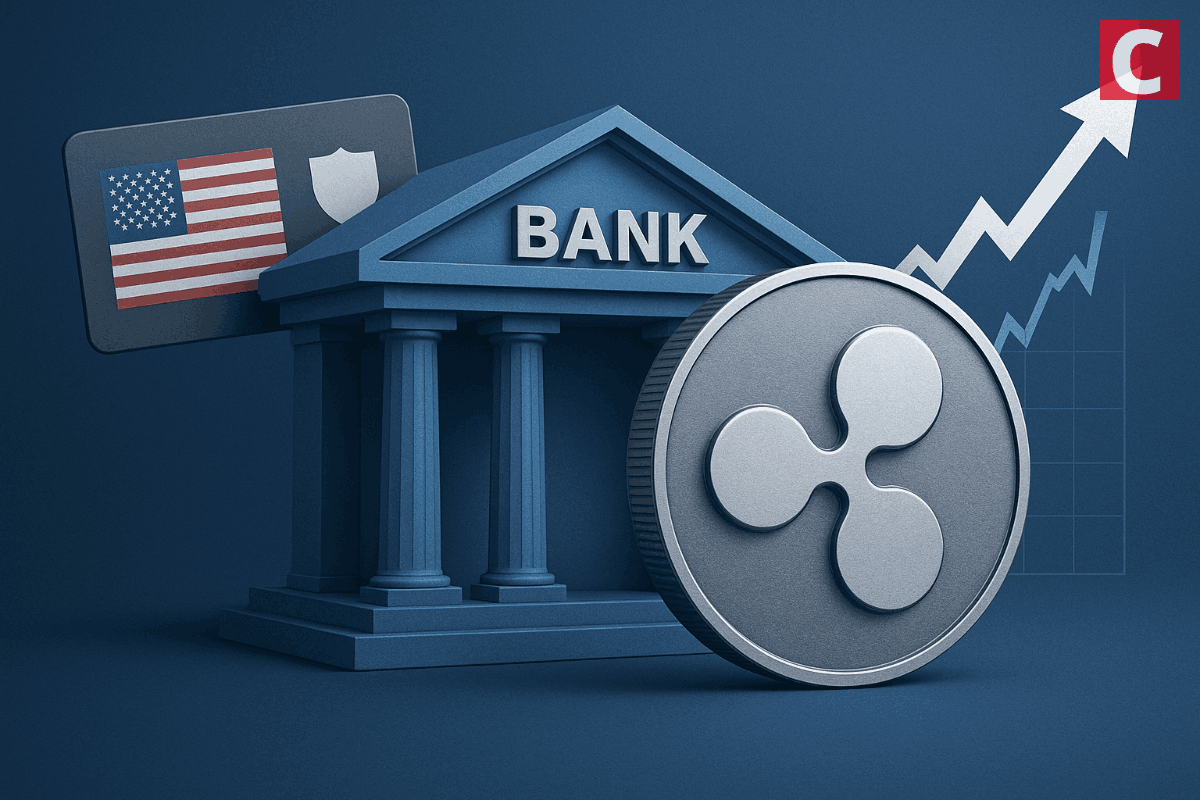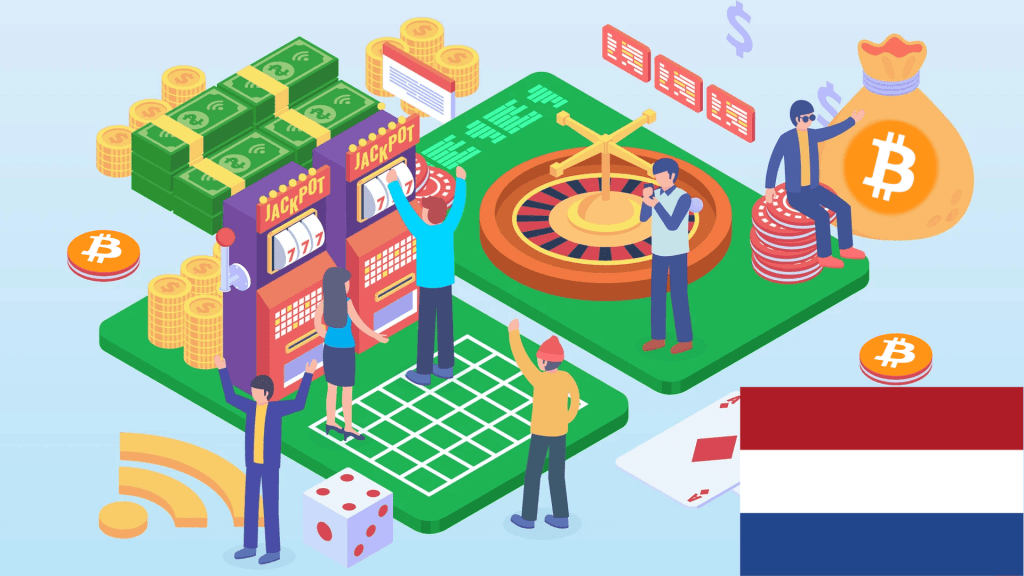How NFT Royalties Work
NFT royalties are powered by smart contracts. These are bits of code that live on the blockchain and run automatically. When you mint an NFT, you can program the contract to pay you a percentage of every future resale.
For example, if your royalty is set at 5%, every time someone sells your NFT again, you get 5% of that sale price—automatically.
Here’s a quick look:
Action | What Happens |
You mint an NFT | Set your royalty % in the smart contract |
Someone buys and resells | A portion of the resale is sent to you |
More resales happen | You keep earning with every transaction |
Typical royalty rates range from 2.5% to 10%, depending on the platform and creator preference.
Why NFT Royalties Appeal to Creators
In traditional markets, artists usually get paid once—when they first sell their work. If it later becomes valuable and resells for millions, they get nothing.
NFT royalties change that by:
- Allowing ongoing earnings from secondary sales
- Cutting out middlemen like galleries and agents
- Giving creators direct, instant payouts
- Helping artists stay connected with their buyers
This turns art into a recurring source of income. It also gives creators more control over their work and career.
Real Examples of NFT Royalty Success
Some artists have already made impressive income through royalties:
- Fewocious – This young digital artist made millions from NFT sales and still earns through royalties.
- 3LAU – A DJ who tokenized his music and continues to profit from each resale.
- XCOPY – A popular crypto artist whose artworks generate high-value royalties on each trade.
These cases show that when the system works, it can be game-changing for creators.
But Here’s the Catch
While royalties sound great, they’re not perfect or guaranteed.
- Not All Platforms Support Royalties
Some platforms, especially newer ones, don’t enforce royalties. Others let buyers trade NFTs directly between wallets, bypassing the royalty system entirely.
Platform | Royalties Supported? |
Yes (some changes recently) | |
Rarible | Yes |
Foundation | Yes |
Blur, LooksRare | Often No |
If a buyer uses a platform that doesn’t enforce royalties, the creator gets nothing.
- No Resales = No Royalties
If no one is buying or reselling your NFTs, you earn nothing. Passive income only flows when there’s market activity. In a bear market, resales drop—and so do your earnings.
- Market Competition Hurts Royalties
Some platforms offer “zero royalty” trading to attract more users. This forces creators to compete with free trades, often undercutting their own income.
Legal and Ethical Issues
There’s also confusion around ownership. Buying an NFT doesn’t give the buyer full rights to the artwork. Unless clearly stated, they don’t own the copyright or commercial use rights.
There can also be disputes:
- Royalties going to the wrong wallet
- Platforms changing rules mid-way
- Unauthorized copies of your work being minted and sold
The law is still catching up, but regulators are starting to explore ways to protect creator rights and enforce royalties.
Smart Strategies for NFT Creators
Here are three practical tips to help creators make the most of NFT royalties:
- Set Reasonable Royalties
Avoid setting royalties too high. Between 5%–10% is ideal. A lower rate encourages more trading, which can lead to more consistent income over time.
- Choose Royalty-Friendly Platforms
Stick to platforms that enforce royalties and are transparent about their policies. Read the terms, check recent updates, and follow creator feedback.
- Diversify Your Revenue Streams
Don’t rely only on royalties. Add other income sources like:
- Limited-edition drops
- Physical merch linked to NFTs
- Token-gated online events
- Creator memberships via Mirror or Patreon
Royalties are helpful, but they should be part of a bigger strategy.
The Future of NFT Royalties
So, will NFT royalties last forever?
They have the potential to be a solid income tool, especially if platforms and laws evolve to support them. But right now, creators shouldn’t count on them as guaranteed or permanent income.
In summary:
Pros | Cons |
Automated income from resales | Not enforced everywhere |
Greater control and independence | Depends on market demand |
Easy to set up with smart contracts | Can be bypassed by peer-to-peer trades |
NFT royalties are a promising piece of the Web3 puzzle. But for creators, the best approach is to stay informed, use trusted platforms, and keep building diverse income streams. Royalties can help—but they’re not the whole picture.
Remember, investing in cryptocurrencies involves risks, and it’s important to conduct thorough research and seek professional advice before making any financial decisions. (Please keep in mind that this post is solely for informative purposes and should not be construed as financial or investment advice.)

















 English (US) ·
English (US) ·